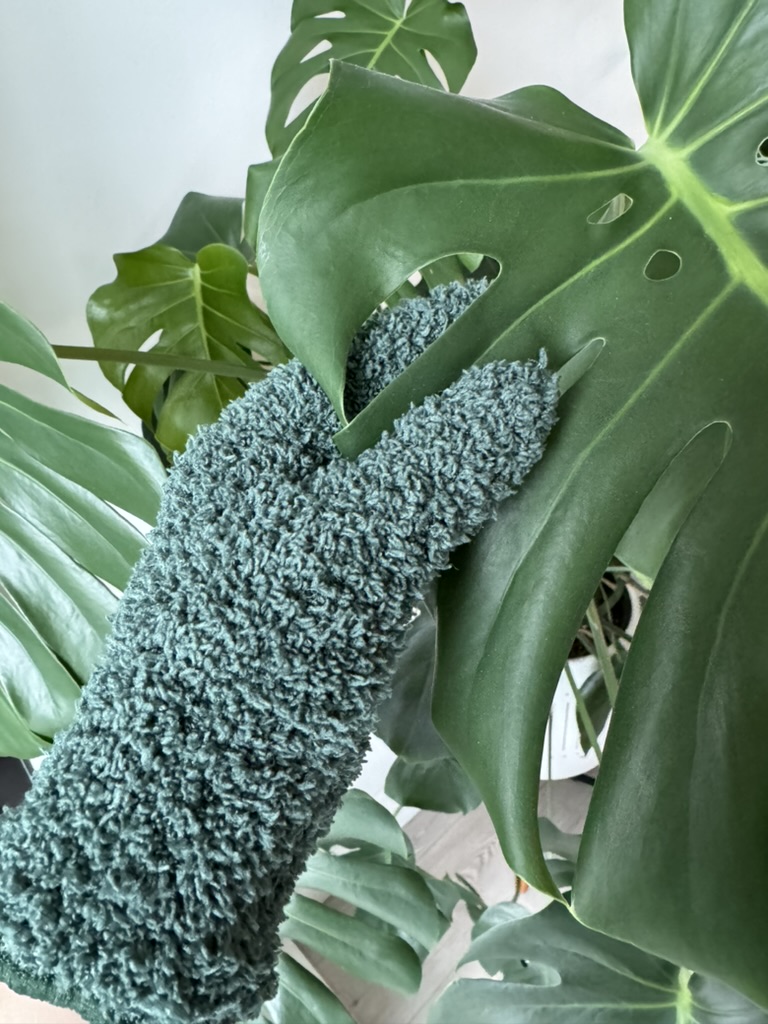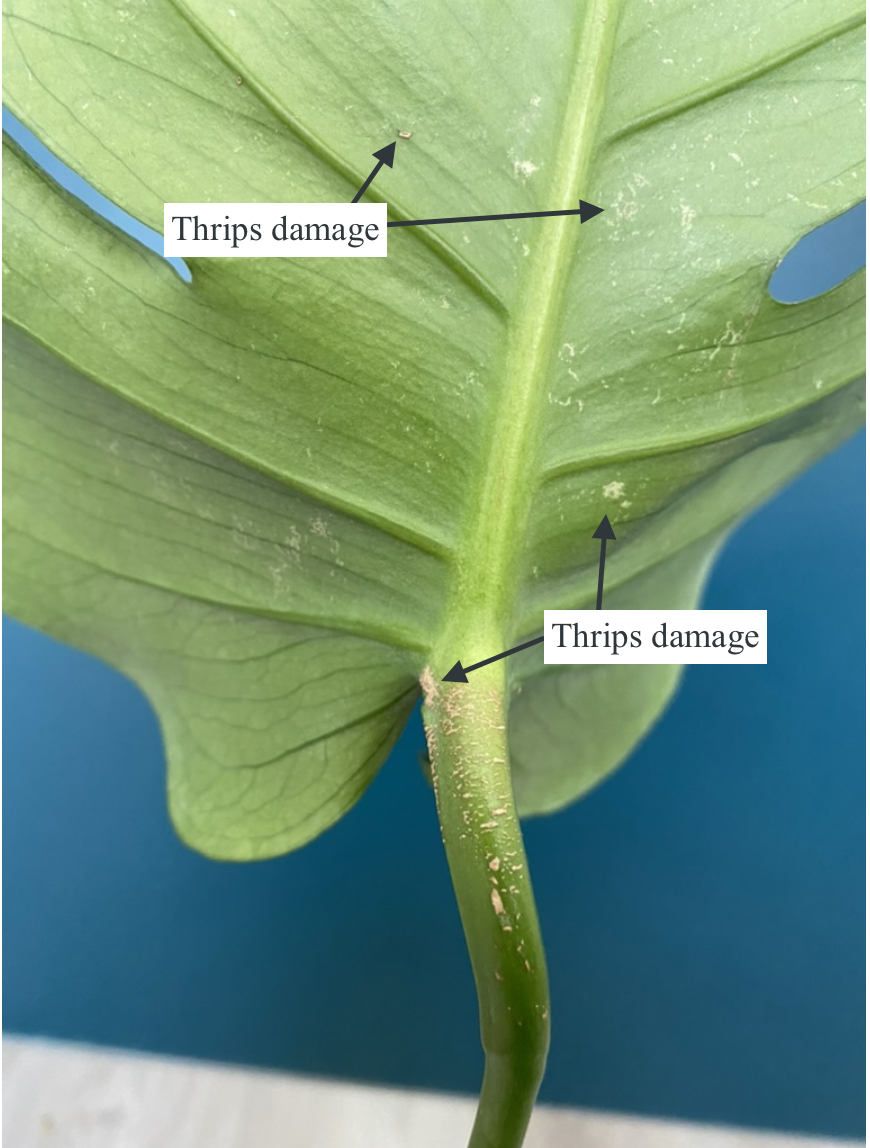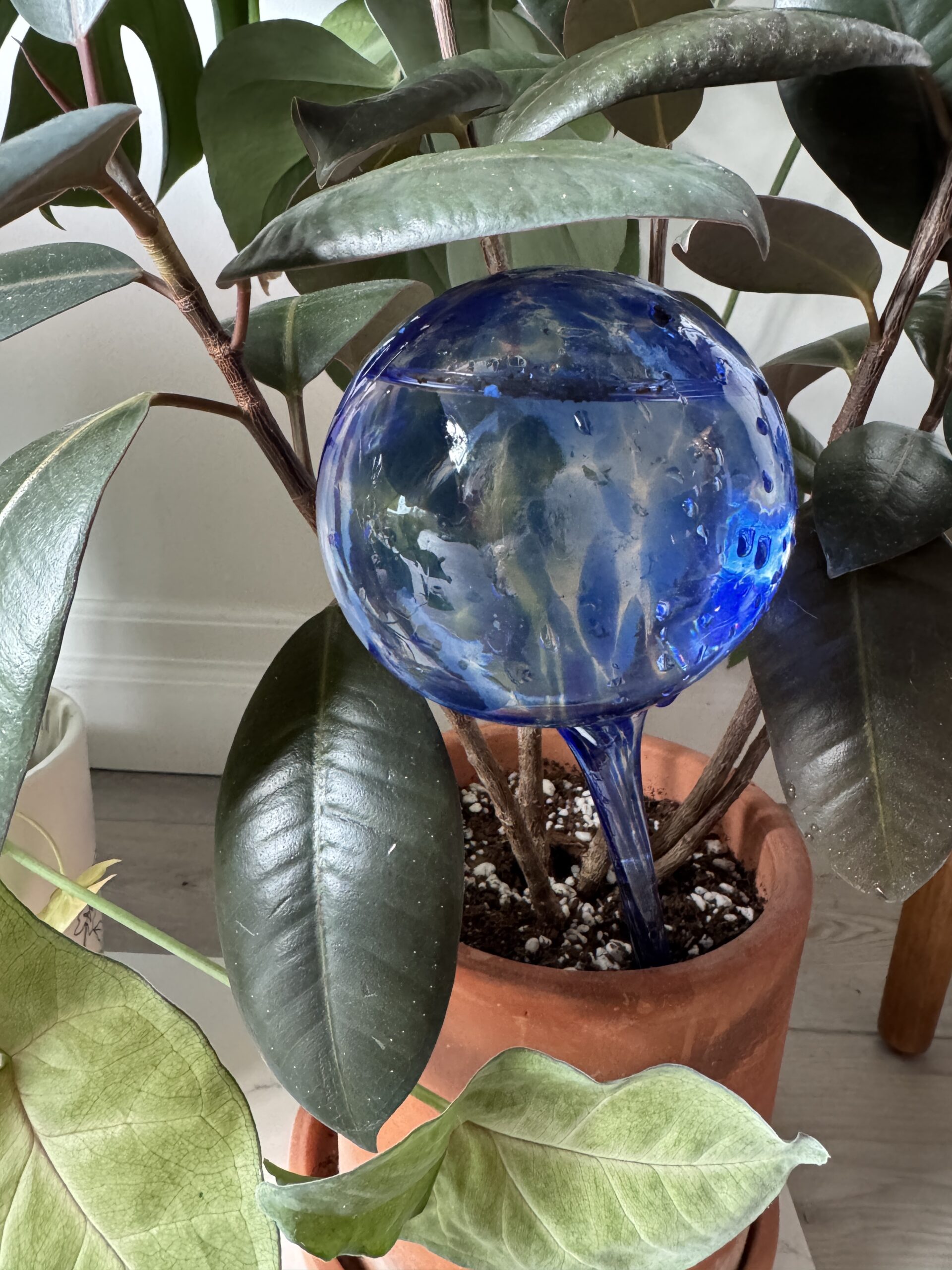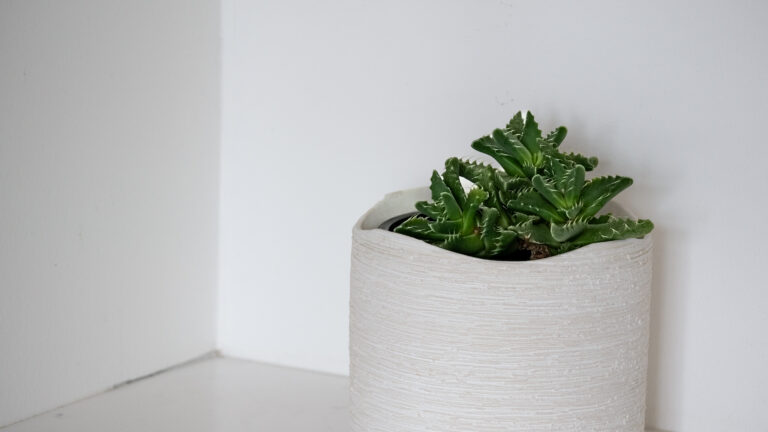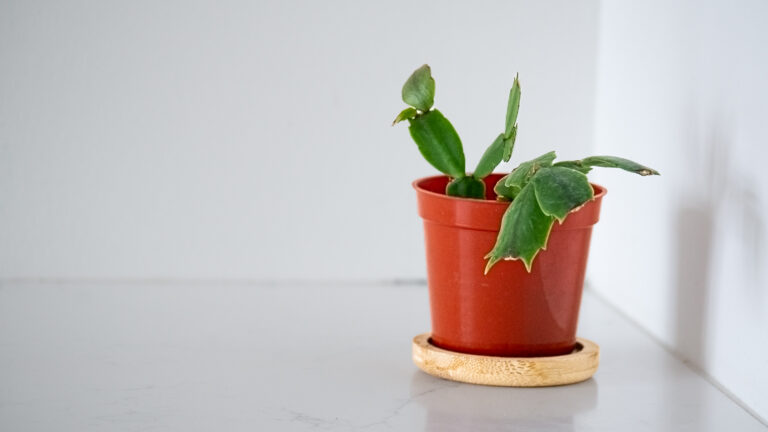Horse Crippler Cactus or Echinocactus parryi is a member of the Cactoideae subfamily and the Cactaceae family. It is native to Mexico.
Echinocactus parryi is referred to as the Horse Crippler Cactus or Devil’s Pin Cushion because of the thorny spiky spines that can cause pain.
There are nearly 2000 species of the Cactaceae. The Cactoideae is the largest subfamily.
Horse Crippler Cactus at a glance.
Echinocactus parryi Appearance & Growth Habit
The Horse Crippler Cactus is green, shaped like a barrel and has white and pink pointy spines (needles) all over the plant.
The new spines grow from the top of the plant.
Light Requirements for Echinocactus parryi
Horse Crippler Cactus thrives in bright light. They prefer 6 to 8 hours of direct sun. They like to reside in south facing windows. South facing windows are the brightest windows.
Ideal Temperature & Humidity for Echinocactus parryi
Horse Crippler Cactus prefers a temperature between 21 to 38 degrees celsius, but can tolerate 7 to 13 celsius during winter dormancy. They also prefer lower humidity. Since they come from arid regions, they prefer drier air, but do well in average household humidity levels (40-60%).
I keep my cacti closer to the window, and further from the humidifier (I use the Levoit Hybrid Ultrasonic Humidifier (LV600HH)).
I use my humidifier to ensure the humidity levels in my apartment stays between 40% and 60%. Since I live in Canada and the winters can be very dry, and the humidity can drop below 30% humidity, so its helpful to set the humidity at about 45% or 50% in this season to keep all of my plants thriving.
Growth Rate & Fertilizer Needs for Echinocactus parryi
On average, Horse Crippler Cactus can grow up to 2 feet.
New foliage grows from the top of the barrel of Horse Crippler Cactus. The growth of Echinocactus parryi is slow.
To encourage growth, fertilize your Echinocactus parryi once a month during the spring and summer growing season for best results.
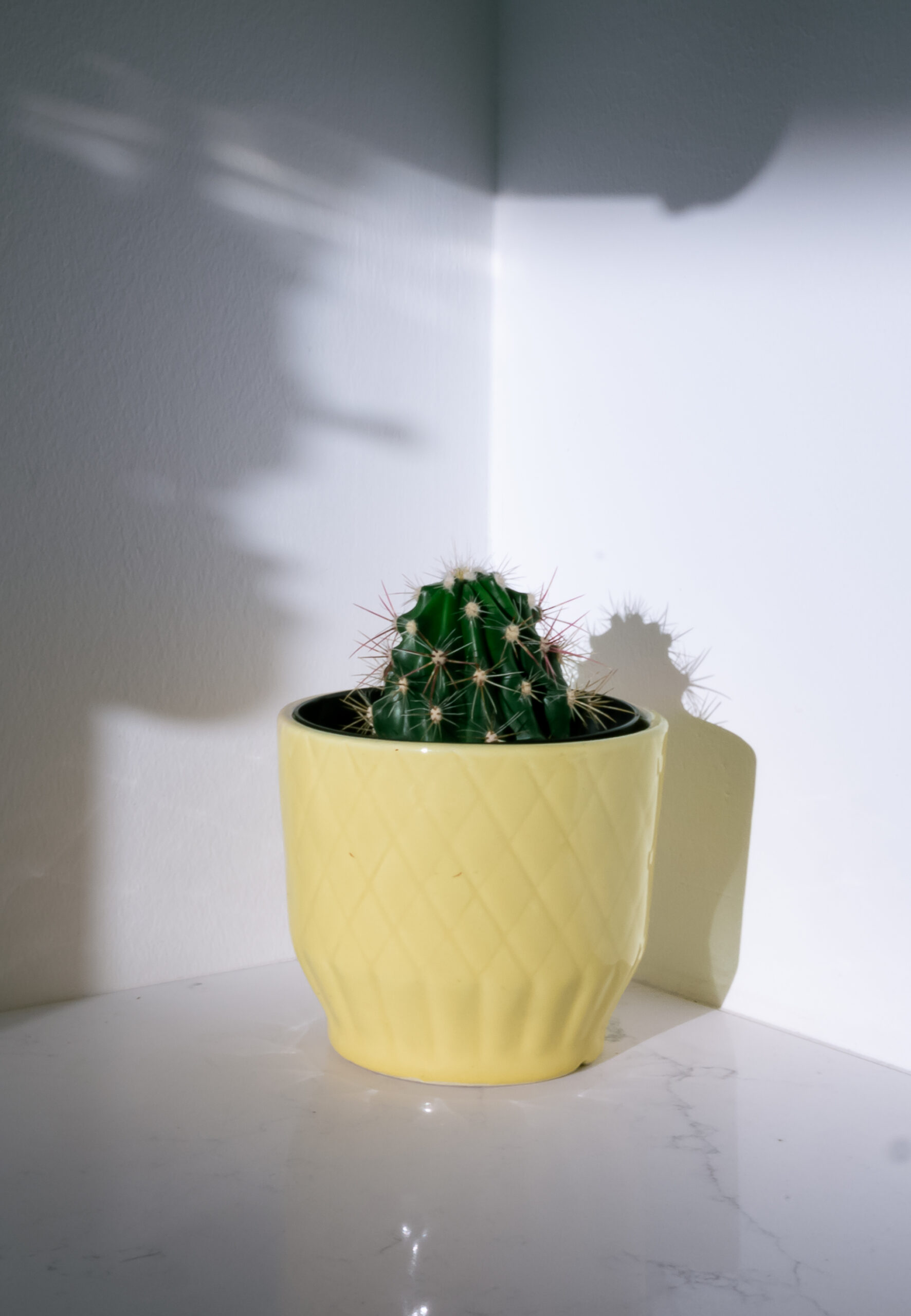
How & When to Repot Echinocactus parryi
You will know it is time to repot your Echinocactus parryi if it has been 2–3 years, when you notice roots circling the bottom of the pot, roots are growing out of the pot, slowed growth, or soil that no longer drains well.
The best time to repot is in spring (just before the active growing season). Choose a slightly larger pot (2″ larger) with excellent drainage and use a gritty, well-draining cactus mix. Always wear thick gloves to protect your hands from the spines.
Steps To Repot Echinocactus Parryi
- Select a new pot (2″ larger) with drainage holes
- Cover the bottom of the new pot with a gritty, well-draining cactus mix
- Put on thick gloves to protect your hands, and remove the Echinocactus from its current pot
- Try and gently detangle its roots (I do this over a compost bin so the old soil falls in there)
- Hold the Echinocactus where you want it in your pot (the base of the plant should be 1″ from the top of the pot). If it is at the correct height without space below the roots, then you can fill in soil around the sides of the plant. If it isn’t, you need to add some more soil to the bottom of the pot before placing the Echinocactus in the pot, and filling around it. Gently pat the soil around the Echinocactus so it is secure.
- Water your Echinocactus, and place it back in its well lit place in your home.
For everything you may need for a successful repot of your Echinocactus Parryi, check-out my guide on repotting essentials.
Echinocactus parryi Blooming: What to Expect
The Echinocactus Parryi can flower when mature, and grown in full sun. This typically happens in spring or early summer months. However, it is more difficult for this cactus to bloom indoors as it often lacks the intense light and seasonal temperatures required to trigger blooms.
When Echinocactus Parryi does bloom, it produces stunning yellow or orange flowers. The flowers are often short-lived, but a beautiful accent to this already cool looking cactus.
How to Propagate Echinocactus parryi (Seeds & Grafting)
The easiest way to start a new Horse Crippler Cactus is by seeds.
- Seeds: During the flowering season, you can collect seeds from the fruit (cactus flowers can produce fruit that contains seeds). Then sow the seeds in a cactus mix that is well draining. Make sure to keep the seeds consistently moist until the seedlings are well established.
- Offsets: Look around the base of the plant for offshoots. Make sure the offshoots are at least 2 to 3 inches tall before separating them from the mother plant. Gently remove them from the parent plant by separating them at the base. Set the pups aside for a couple of days until a callus forms. Once calloused, pot the offshoots into well-draining soil. Bury the cut end slightly. Water the soil lightly and place in a bright location with indirect light. Eventually, roots will form and you will have a stable plant!
- Cuttings (succulent): This is not the most common method for this plant. Grab a sharp, clean knife and cut a segment of the cactus. Wait for the cutting to callus over in a well lit spot. This should take a couple of days. Once the callus is formed, you can pot it into a well-draining potting mix.
- Soil propagation: with soil propagation, you can take a cutting and put it directly in soil. You can also use rooting hormone on the cutting before putting it in the soil if you prefer. I don’t do this though. You won’t be able to see if the plant is rooting in the soil, but if the plant eventually dies, you know it didn’t root successfully. With soil propagation, you don’t have to worry about transplant shock though.
- Grafting: This is an advanced propagation method. You can take a piece of the cactus and attach it onto the rootstock of another cactus (Gardening Know How recommended a Hylocerus triognus, cereus peruvianus, or trichocereus spachianus). Cut off the top inch of the stem. Behead the cactus of one of the varieties mentioned, take the piece from the Horse Crippler Cactus and set the cut portion on top of the cut portion of the rootstock. Secure this together with a rubber band. This can take about two months to secure.
Patience is key with propagation. Give your new plant time to settle into its environment. Once you see new growth, you know your plant is well established.
Watering Echinocactus parryi: How & When
The Horse Crippler Cactus likes to dry out between waterings. To determine if your plant needs water, you can stick your finger in the soil (1 to 2 inches, but watch out for the needles) and if it is dry, its ready for water!
If you don’t want to get your hands dirty, you can try a moisture meter (I personally have not used one, but I know quite a few people who do, and this one is really highly rated on Amazon).
This plant typically needs to be watered every 3 to 4 weeks (depending on your environment).
I typically bottom water this plant through the drainage hole of the pot on a tray. It’s the easiest way to know if your plant is thirsty or not. Overwatering can lead to fungus gnats, root rot, or the death of your plant.
You can top water, but it’s best to do so in a pot with drainage until water is flowing out of the hole. If your pot doesn’t have drainage, you might accidentally drown your plant or make some fungus gnats very happy.
You should top water from time to time to make sure any built up minerals can wash through the plant. The water should drip out of the bottom of your drainage hole.
If you are going away for an extended period of time, and are worried about watering your Echinocactus, check-out my guide on 3 ways to keep your plant alive while away.
Common Pests & Problems in Echinocactus parryi
Horse Crippler Cactus can face the following pests and problems.
Pests of Echinocactus parryi
- Mealy Bugs: these look like little white cotton balls on the plant. You can remove these with your fingers if you catch them early enough, but I would use a cotton swab with a drop of Isopropyl alcohol and try to scrape them off the stem.
- Root Mealybugs: These actually infest the roots of the cactus and are hard to detect. To treat the plant, remove it from the soil and inspect the roots. If you see cottony masses or small insets on the roots, you should prune them away with either clean scissors or pruning shears. Wash the roots under water and if there are any remaining mealybugs, remove them. Mix a solution of insecticidal soap that is effective against mealybugs and apply this to the roots. Then repot in fresh, pest-free cactus soil. You should continue to monitor the plant to ensure the plant hasn’t been re-infested. If it has, repeat the steps above.
- Scale: I’ve never personally had scale (knock on wood) and I am very thankful. Scale are small, brownish, round or oval insects that attach themselves to the leaves or stems of the plant. They are hard to notice as they appear like a growth or bump on the plant. Scale can cause yellowing, wilting, and weakened growth. Removing scale from a plant is tedious, like with mealybugs. You can remove scale by manually removing them with a cotton swab with rubbing alcohol, using insecticidal soap or neem oil.
- Aphids: Aphids are small, insects that cluster under leaves and stems. They can appear white, brown, black, gray, light green or yellow. If you see distortion, wilting or yellowing leaves, this can be a sign of aphids. You should be able to spray them off with a strong stream of water or using insecticidal soap.
- Spider Mites: If spider mites have taken to your plant (this happened to me), spray them with a mixture of neem oil, dish soap and water (or you can buy an insecticidal soap). I repeat this about once or twice a week (depending on the severity of infestation) for about a month. You will know you have spider mites if you see webbing and leaf damage. Learn how to eradicate Spider Mites.
- Fungus gnats: Spray the plant with a mixture of neem oil, dish soap and water. I also let the soil dry out and add dryer sheets on top of the soil so the gnats can’t sense the moisture on the soil.
Other Common Problems of Echinocactus parryi
- Overwatering: Root rot happens from overwatering your plant with insufficient drainage. You can improve the drainage of your plant by ensuring your plant is potted in a planter with a drainage hole and using a well draining soil (something with a decent amount of perlite). You can also end up with fungus gnats or fungal disease from overwatering.
- Underwatering: Even though plants prefer to be underwatered over overwatered, you still have to remember to water it on a consistent schedule. Signs of underwatering an include leaves becoming shrivelled, discoloured or dry.
- Sunburn: Even though you will often find this plant in bright, sunny environments, they can be burned. Just like in humans plants can burn. This looks like brown patches on the plant. To fix sunburn in the plant you can move it to a less sunny place.
- Environmental Stress: Exposure to cold, damp conditions or sudden temperature fluctuations can stress the plant.
Echinocactus parryi Toxicity
Horse Crippler Cactus are typically not toxic to humans and pets, but its sharp spines can cause injury, and irritate the skin.
While not poisonous, the spines of this cactus can injure curious pets and children so its best to keep it out of their reach.
When handling cacti, you should always wear protective gloves to avoid injury.
Echinocactus Parryi Quick Care Guide
| Scientific Name | Echinocatus parryi |
| Nickname | Horse Crippler Cactus or Devil’s Pincushion or Parry’s Barrel Cactus |
| Origins | Mexico |
| Light | Bright, direct |
| Temperature | 21 to 38 degrees celsius (preferred), 7 to 13 degrees celsius can be tolerate during the winter |
| Humidity | Average humidity (40-60%),Low humidity |
| Height | Up to 2 feet |
| Blooms | Yes |
| Propagate | Seeds, Stem cuttings, offshoots, grafting |
| Water Frequency | When dry (likely once a month) |
| Pests | Mealy Bugs, Root Mealy Bugs, Aphids, Scale, Spider Mites |
| Common Problems | Overwatering (root rot), underwatering, fungal disease, sunburn, environmental stress |
| Toxicity | Non-toxic |
References
Below is a list of external sources I consulted while writing this post. This post is a mixture of my own experiences, and the external sources listed below:
Succulent City – Echinocactus Parryi
Wikipedia – Echinocactus Parryi
Cacti Guide – Echinocactus Parryi

